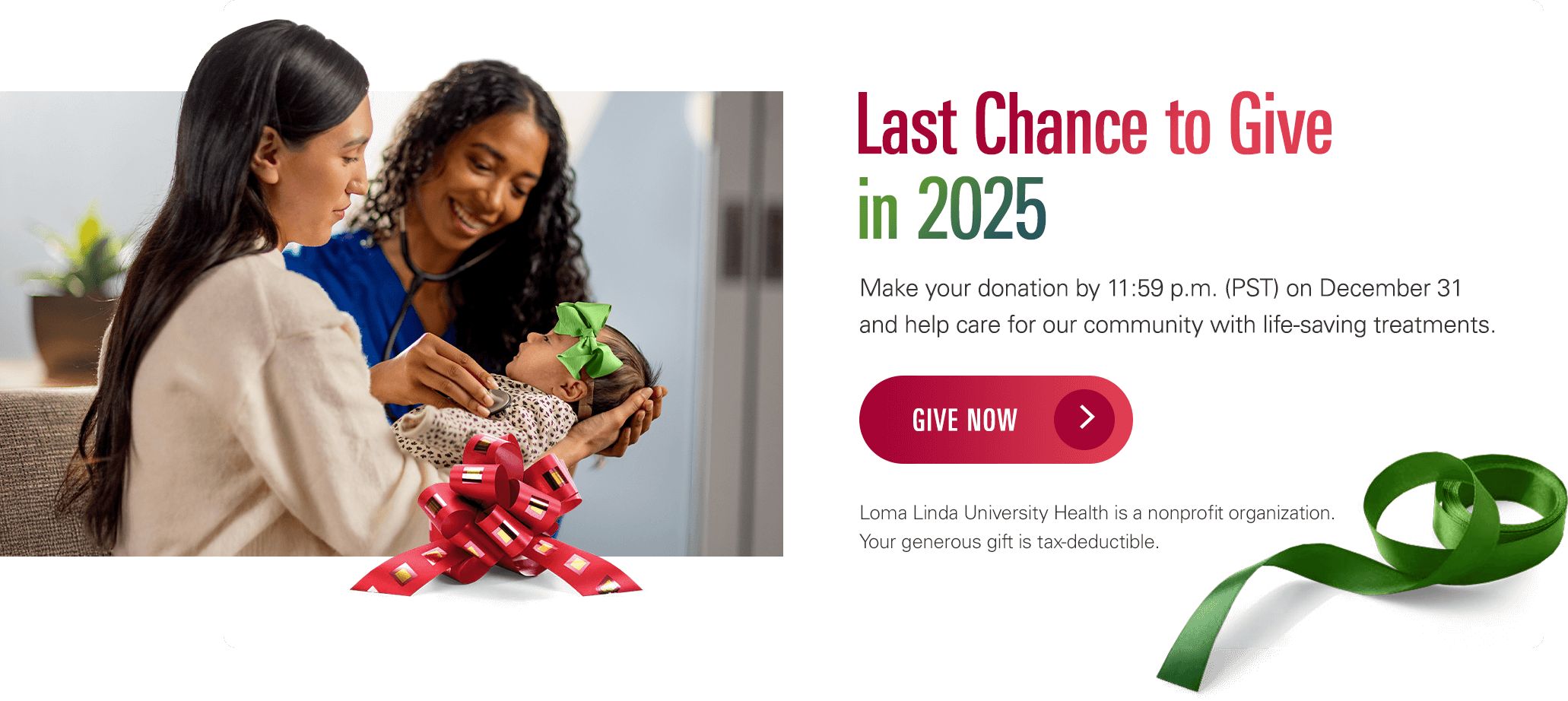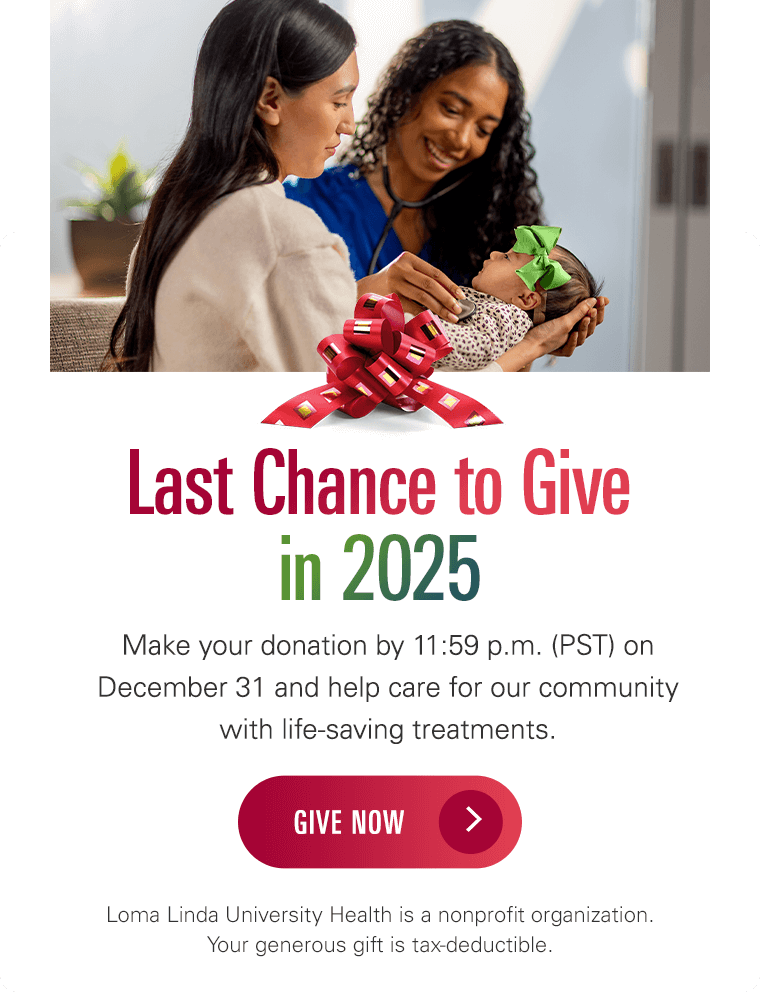Respiratory Distress Syndrome (RDS)
What is respiratory distress syndrome?
Respiratory distress syndrome (RDS) is a common problem in premature babies. It can also happen in some full-term babies. It causes babies to need extra oxygen and help with breathing. The course of illness with RDS depends on:
- The size and gestational age of your baby
- How serious the illness is
- Whether your baby has an infection
- Whether your baby has a heart defect called patent ductus arteriosus
- Whether your baby needs a breathing tube or machine to help them breathe (ventilator)
RDS typically gets worse over the first 2 to 3 days. It then gets better with time and treatment.
What causes RDS?
RDS occurs when there is not enough surfactant in the lungs. Surfactant is a liquid made by the lungs that helps keep the airways (alveoli) open. This liquid makes it possible for babies to breathe in air after delivery without the lung spaces collapsing. An unborn baby starts to make surfactant at about 26 weeks of pregnancy. If a baby is premature (born before 37 weeks of pregnancy), they may not have made enough surfactant yet.
When there is not enough surfactant, the tiny alveoli collapse with each breath. As the alveoli collapse, damaged cells collect in the airways. They further affect breathing. The baby has to work harder and harder to breathe trying to reinflate the collapsed airways.
As the baby's lung function gets worse, the baby takes in less oxygen. More carbon dioxide builds up in the blood. This can lead to increased acid in the blood (acidosis). This condition can affect other body organs. Without treatment, the baby becomes exhausted trying to breathe and over time gives up. A ventilator must do the work of breathing instead.
Which babies are at risk for RDS?
RDS occurs most often in babies born before the 28th week of pregnancy. Some premature babies get RDS severe enough to need a breathing tube and breathing machine (ventilator). The more premature the baby, the higher the risk and the more severe the RDS.
Most babies with RDS are premature. But other things can raise the risk of getting the disease. These include:
- The baby is a boy or is white
- The baby has a sibling born with RDS
- C-section (Cesarean) delivery, especially without labor. Going through labor helps babies' lungs become ready to breathe air.
- The baby doesn’t get enough oxygen just before, during, or after birth (perinatal asphyxia)
- The baby has trouble maintaining body temperature (cold stress)
- Infection
- The baby is a twin or other multiple (multiple birth babies are often premature)
- The birth parent has diabetes. A baby with too much insulin in their body can delay making surfactant.
- The baby has a condition called patent ductus arteriosus (PDA)
What are the symptoms of RDS?
These are the most common symptoms of RDS:
- Breathing problems at birth that get worse
- Blue skin color (cyanosis)
- Flaring nostrils
- Rapid breathing
- Grunting sounds with breathing
- Ribs and breastbone pulling in when the baby breathes (chest retractions)
The symptoms of RDS usually get worse by the third day. When a baby gets better, they need less oxygen and mechanical help to breathe.
The symptoms of RDS may look like other health conditions.
How is RDS in premature babies diagnosed?
RDS is usually diagnosed by a combination of these:
- Baby’s appearance, color, and breathing efforts. These can point to a baby's need for help with breathing.
- Chest X-rays of the lungs. X-rays make images of bones and organs.
- Blood gas tests. These measure the amount of oxygen, carbon dioxide and acid in the blood. They may show low oxygen and higher amounts of carbon dioxide.
- Echocardiography. This test is a type of ultrasound that looks at the structure of the heart and how it is working. The test is sometimes used to rule out heart problems that might cause symptoms similar to RDS. It will also show whether a PDA may be making the problem worse.
How is RDS treated?
Treatment will depend on your child’s symptoms, age, and general health. It will also depend on how severe the condition is.
Treatment for RDS may include:
- Placing a breathing tube into your baby's windpipe (trachea)
- Having a ventilator breathe for the baby
- Extra oxygen (supplemental oxygen)
- Continuous positive airway pressure (CPAP). This is a breathing machine that pushes a continuous flow of air or oxygen to the airways. It helps keep tiny air passages in the lungs open.
- Surfactant. This helps the most if it is started in the first 6 hours of birth. Surfactant replacement may improve respiratory distress. It's given to babies when they are showing significant respiratory distress. Surfactant is a liquid given through the breathing tube or smaller catheter.
- Medicines to help calm the baby and ease pain during treatment
What are possible complications of RDS?
Babies sometimes have complications from RDS treatment. As with any disease, more severe cases often have greater risks for complications. Some complications of RDS include:
- Lungs leak air into the chest, the sac around the heart, or elsewhere in the chest
- Chronic lung disease (bronchopulmonary dysplasia)
How can RDS be prevented?
Preventing a premature birth is the main way to prevent RDS. When a premature birth can’t be prevented, you may be given corticosteroids before delivery. These medicines may greatly lower the risk and severity of RDS in the baby. These steroids are often given between 24 and 34 weeks of pregnancy to those at risk of early delivery. They may sometimes be given up to 37 weeks. But if the delivery is very quick or unexpected, there may not be time to give the steroids. Or they may not have a chance to start working.
Key points about RDS
- Respiratory distress syndrome (RDS) is a common problem in premature babies and can affect some full-term babies. It can cause babies to need extra oxygen and help with breathing.
- RDS occurs most often in babies born before the 28th week of pregnancy and can be a problem for babies born before 37 weeks of pregnancy. Although uncommon, some full-term babies at risk can be affected by RDS.
- RDS typically gets worse over the first 2 to 3 days. It then gets better with treatment.
- Treatment may include extra oxygen, surfactant replacement, and medicines.
- Preventing a premature birth is the main way to prevent RDS.
Next steps
Tips to help you get the most from a visit to your child’s healthcare provider:
- Know the reason for the visit and what you want to happen.
- Before your visit, write down questions you want answered.
- At the visit, write down the name of a new diagnosis, and any new medicines, treatments, or tests. Also write down any new instructions your provider gives you for your child.
- Know why a new medicine or treatment is prescribed and how it will help your child. Also know what the side effects are.
- Ask if your child’s condition can be treated in other ways.
- Know why a test or procedure is recommended and what the results could mean.
- Know what to expect if your child does not take the medicine or have the test or procedure.
- If your child has a follow-up appointment, write down the date, time, and purpose for that visit.
- Know how you can contact your child’s healthcare provider after office hours, and on weekends and holidays. This is important if your child becomes ill and you have questions or need advice.









